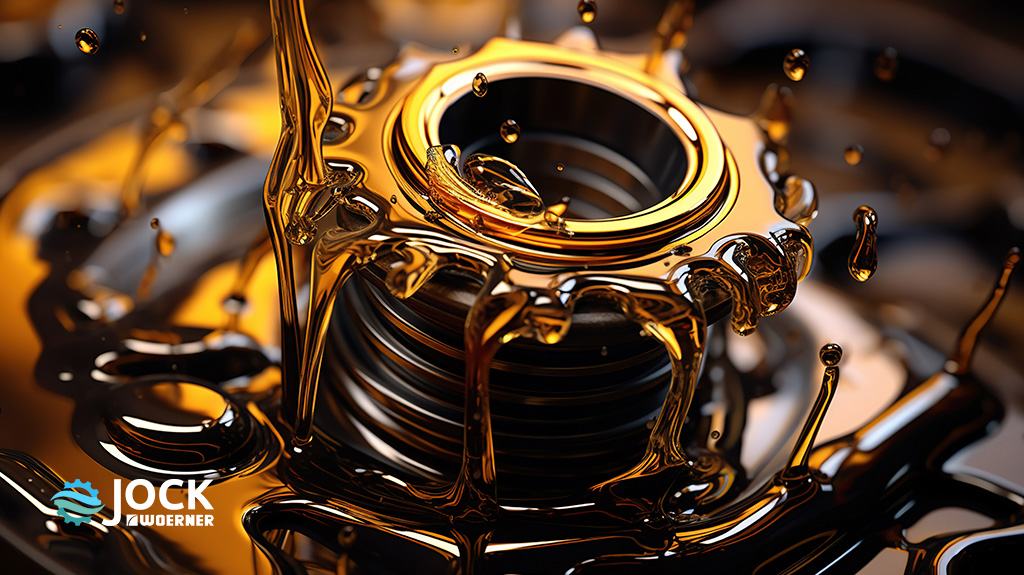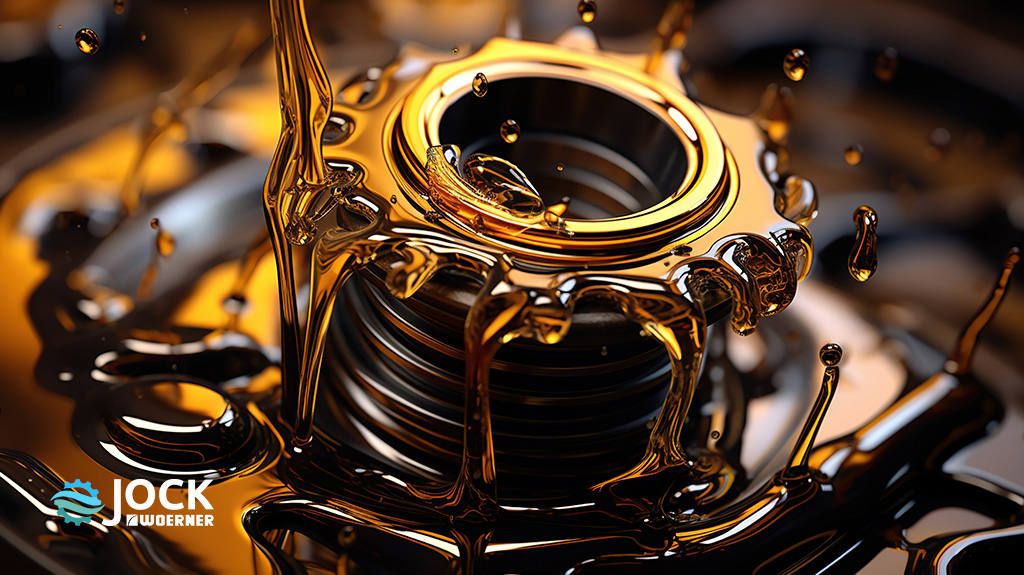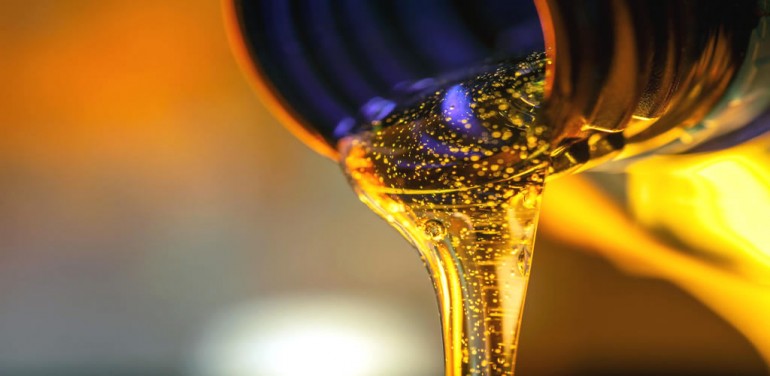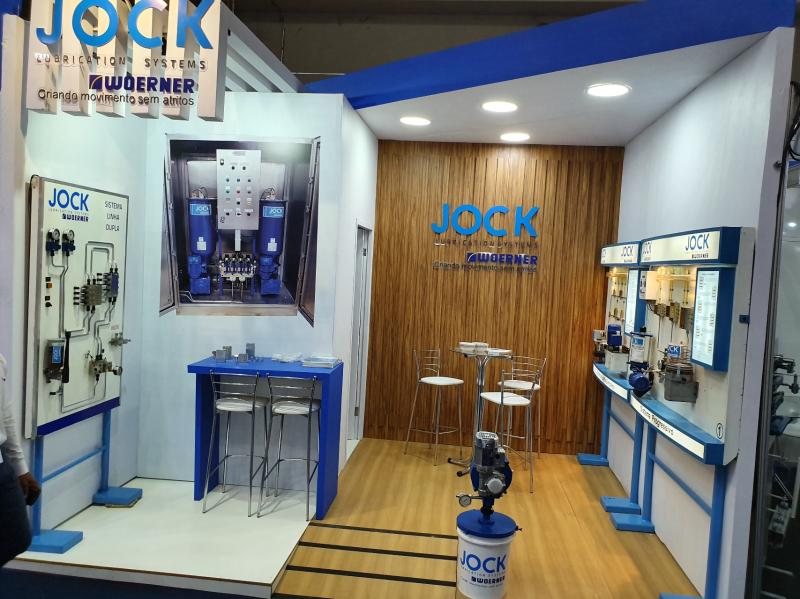
As machines operate and advance, seeking greater performance and power in production levels, lubrication becomes a crucial point for their flawless operation, evolving to the point of becoming automatic. Understanding more about how machine component lubrication works, why it’s necessary, its benefits, and what happens if this care is neglected, is crucial for critical analysis. Automatic lubrication is essential to ensure the efficiency, productivity, and longevity of machines and equipment. Among the most used systems are the progressive and single-line systems, each with its advantages and disadvantages. The ideal choice depends on a careful analysis of the application’s needs.
Single-Line System
A single central pump sends lubricant through a supply line to each dosing device. Each lubrication point receives lubricant from a single dosing device, which can be regulated to provide the precise amount of grease or oil.
Disadvantage: No individual monitoring of lubrication points.
Advantage: Simplicity, more affordable cost, easy installation.
Progressive Line System
The main pump connects to at least one dosing device (distributor block). Each lubrication point receives lubricant from a dosing device, which can be connected to other dosing devices to increase the number of points served.
Advantage: Precision: Individualized dosing for each point.
Disadvantage: Higher cost.
Dual-Line System
A central pump connects to two sets of main lines, which alternate in operation, pressurizing and depressurizing the system. Each lubrication point receives lubricant from a dosing device, which can be connected to other dosing devices to increase the number of points served.
Disadvantage: Maintenance requires more attention and technical knowledge.
Advantage: Ideal for large machines with many lubrication points and long distances between them.
Multi-Line System
A central pump connects to several dosing devices, each with a determined number of outlets. Each lubrication point receives lubricant from a specific outlet, which can be adjusted to provide the appropriate amount of oil or grease.
Disadvantage: No monitoring of points.
Advantage: Ability to serve different lubrication points with a single pump.
The choice of the best Automatic Lubrication system depends on a careful analysis of the application needs, considering factors such as the type of machine, the number of lubrication points, lubrication frequency, lubricant viscosity, operating temperature, working environment, installation and maintenance costs, among others. By opting for the most suitable system, it is possible to obtain the benefits of automatic lubrication, such as reduced maintenance costs, increased productivity, improved product quality, and environmental preservation.





